#OTD on January 15, 1879, Rangers under the command of G.W. Arrington attacked a group of Kiowa and Comanche hunters in the panhandle, killing and scalping their leader, “Sunboy.” The presence of US soldiers kept them from extending the attack.
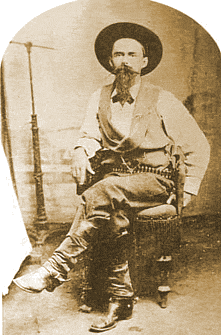
Born as John Cromwell Orrick Jr., in Alabama in 1844, Arrington had a history of violence long before joining the Ranger Force in 1874 or 1875. After serving as a Confederate soldier, he did his part to resist the enfranchisement of Black men during Reconstruction.
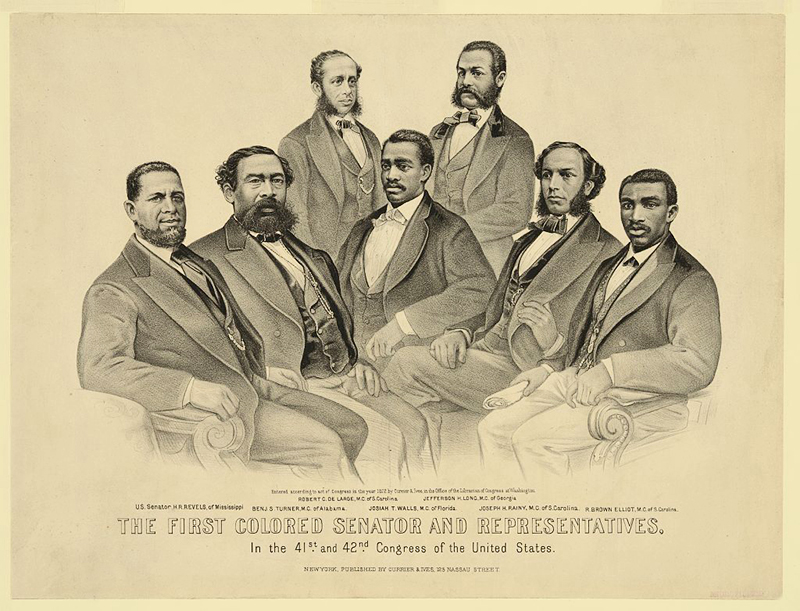
He shot Black registrar Alex Webb in 1867, shouting that he “would allow no damn negro to call him a damn liar,” and his wife later described him as “quite a leader of the Ku Klux Klan.”
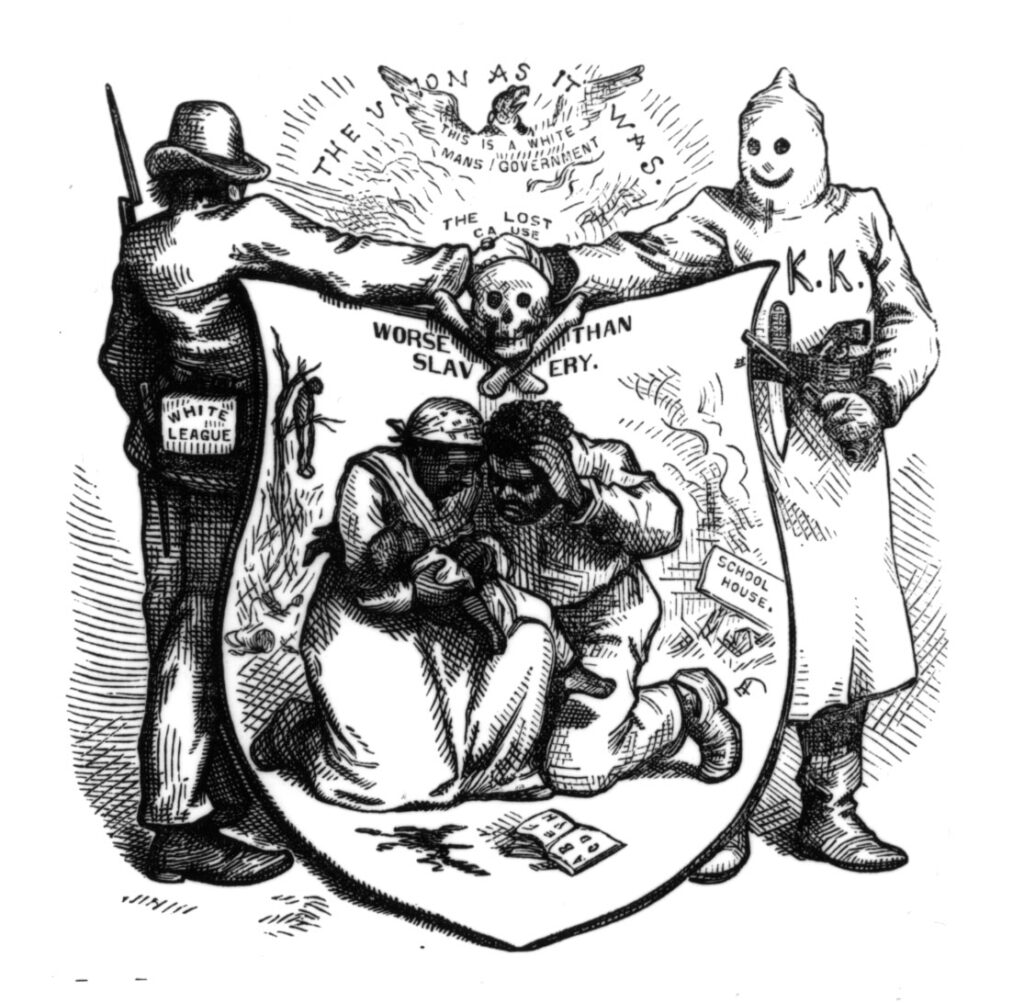
Fearing arrest, Orrick fled to Central America and then to Texas via Galveston, where he changed his name to “George Washington Arrington.” He began service as a Ranger after a few years of railroad, farming, and ranching work.
https://www.tshaonline.org/handbook/entries/arrington-george-washington
In late 1878, Sun Boy led Comanche and Kiowa from Fort Sill, Indian Territory into the Texas panhandle in search of food. The journey was authorized by the 10th Cavalry, an all-Black regiment with white officers, which provided them with an escort and weapons to hunt.
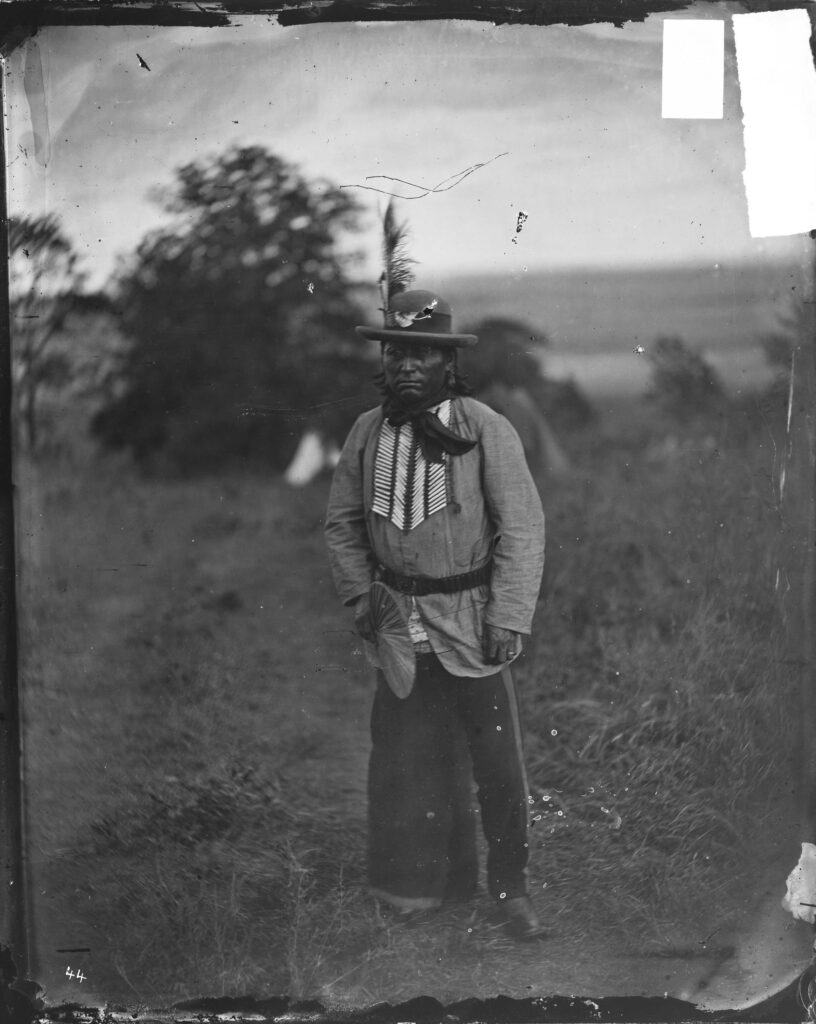
White ranchers in Donley County, Texas complained about the presence of Indians in the panhandle. Arrington led Rangers in pursuit of them. When he encountered a trail of about twenty, he followed it and immediately started shooting when he found them.

After killing and scalping Sun Boy, Arrington’s Rangers struck at the main Kiowa-Comanche camp of about 40, half of whom were women and children, but were stopped by the U.S. soldiers under the command of Nicholas Nolan guarding them after a tense confrontation.

Arrington, like many Rangers, went on to hold other positions in law enforcement, in his case as county sheriff. He is honored by a historical plaque, which makes no mention of his penchant for racist violence.
https://www.hmdb.org/m.asp?m=93708
The murder of Sun Boy and foiled attack on his hunting band capture two important aspects of Ranger history. First, they played an important role in the dispossession of Texas’ Indigenous peoples. Second, throughout their history, they often clashed with federal officials.
https://www.texasranger.org/wp-content/uploads/2017/07/BIO-George-W-Arrington.pdf (***This link has since been removed from TexasRanger.org.)
These themes and others will be examined in this yearlong series of threads about Ranger history by @Refusing2Forget that will run over the course of 2023. Follow @Refusing2Forget or visit refusingtoforget.org to learn more.
The key secondary source for this thread is Andrew Graybill’s Policing the Great Plains: Rangers, Mounties, and the North American Frontier, 1875-1910. https://www.nebraskapress.unl.edu/nebraska-paperback/9780803260023/

